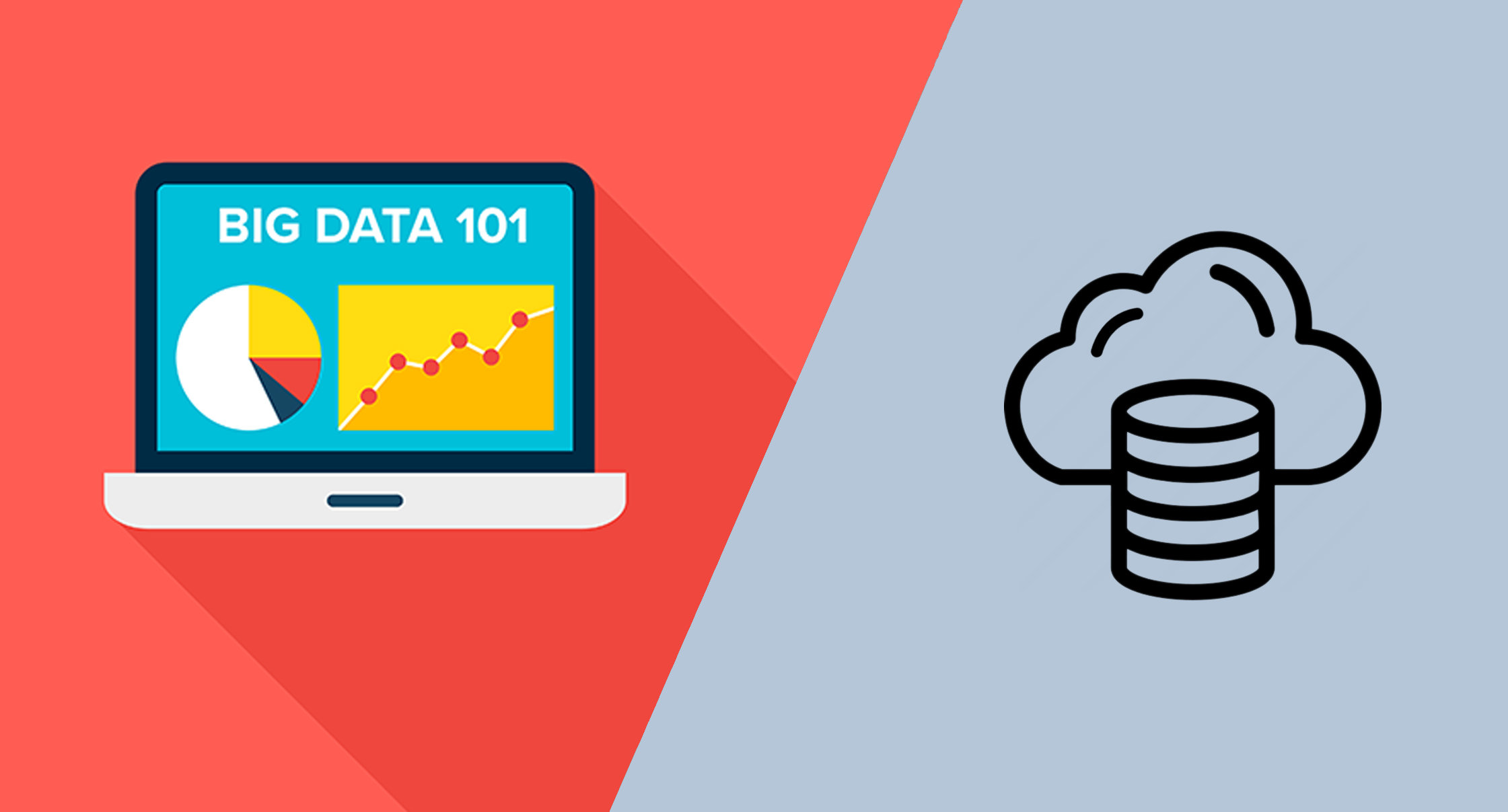Brett Parker Sap Big Data Types

Brett Parker Sap - To delve into what Big Data is and what it is for, it is also necessary to know that there are different types of data associated with this technique.
The importance of this technology in the present and in the immediate future is undeniable and it seems to be (according to the experts) that in the coming years all the advances, both at work, personal and leisure, will turn around it.
But do you know what types of data exist, what is interesting and how to use all that information to your advantage? Brett Parker Sap is going to explain it to you.
Brett Parker Sap When classifying "big data" we can do it according to two criteria: origin and structure. Thus, depending on its origin, the data can come from different sources, among others:
* Web and Social Networks: information available on the Internet as Web content, generated by users in their activity on social networks or information from search engines.
* Machine-to-Machine (M2M): data generated from communication between intelligent sensors integrated into everyday objects.
* Transactions: includes billing records, calls or transactions between accounts.
* Biometrics: data generated by identification technology of people through facial recognition, fingerprints or genetic information.
* Generated by people: through emails, messaging services or call recordings.
* Generated by both public and private organizations: data related to the environment, government statistics on population and economy, electronic medical records, etc.
On the other hand, depending on its structure, the data can be:
* Structured: data that has its format, size and length defined, such as relational databases or Data Warehouse.
* Semi-structured: data stored according to a certain flexible structure and with defined metadata, such as XML and HTML, JSON, and spreadsheets (CSV, Excel).